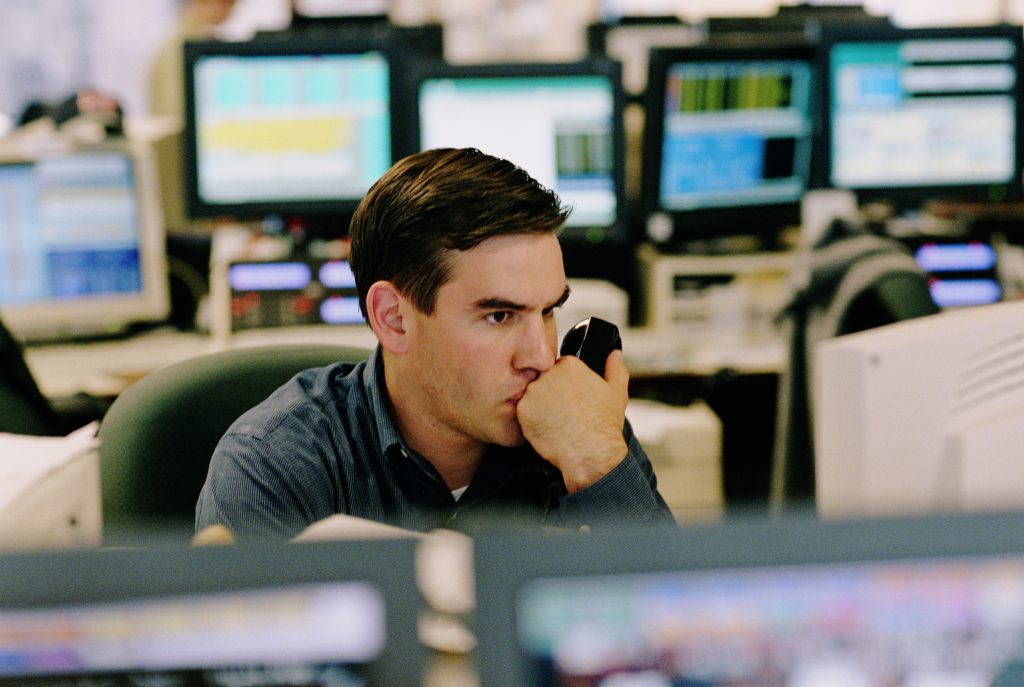
Monthly Market Blueprint: The return of big state
Monthly Market Blueprint: The return of big state
I remember when liberal capitalism failed. The night of Friday 12 September 2008 no one was particularly worried. Barclays would rescue Lehman Brothers, like Bear Stearns was saved before it. On Monday morning we got the news. A Wall Street icon was the first victim of a year-long credit crunch. If one giant can fall, no one is safe. Other dominoes, maybe all of them, were sure to follow. What ensued was the unthinkable: the ‘invisible’ hand of the markets became an all-too-visible hand of banks asking the state for a bailout. One could almost hear the eerie laments of Milton Friedman (who had died less than two years earlier) and Adam Smith as ‘big state’ was replacing ‘laissez-faire’.
But liberal norms don’t allow for very expansive governments. For twelve years, ‘big state’ meant central banks. The objective was to repair balance
sheets, both banking and household. The central bank would print money to give to the banks. Banks used the money to fill the holes – we never really learned how big they were – and curbed lending. Consumers were also warned not to rely too much on cheap bank lending to finance consumption in the future, and set out to fill the holes in their own finances. ‘Money printing’, essentially given to banks, led to unprecedented asset reflation. US equities, the world’s benchmark, grew to more than three times their previous peak, pulling global stocks with them. Bond yields crashed as prices soared and yield curves flattened beyond previous comparison as central banks bought fixed income across the board and on the whole spectrum of maturities. Alpha (getting the securities right) gave way to Beta (timing the market), and analysis was replaced by central bank-watching. The world was in repair mode, growth was sluggish, and investors, flush with cash, were willing to pay extra for growth where they could find it. A year and a half before Lehman, Steve Jobs had introduced the iPhone, and the world would never be the same. Thus, Wall Street Banks were replaced as the most expensive companies by technology. Today, the six largest US firms are tech companies.
Meanwhile, the question: ‘can there be a recovery without banks?’ was answered. ‘Not in the real economy’. Growth and real (ex-inflation) incomes
stagnated for twenty years. Inflation itself went missing. Consumers, reeling from the ‘Dot Com’ Crisis to the ‘Global Financial Crisis’ became almost too careful with their finances. As did most of their employers, who forewent expansion plans and refrained from wage hikes.
‘Recovery’ for the financial economy became ‘secular stagnation’ for the real economy, as the two parted ways. With banks still shackled to Basel III, a restrictive set of lending rules, responsibility for growth reverted to the state. Reeling from the 2008 crisis and mindful of the perils of debt, world leaders happily took a pass on the ‘poison chalice’ of fiscal expansion which could only come with extended borrowing.
Unexpectedly, it took a pandemic and a semi-retired, ostensibly transitional and nearly octogenarian US president to come up with the boldest plan of government action to tackle lacklustre economic growth, since the days of F. D. Roosevelt and L. B. Johnson. A $4tn infrastructure ‘jobs’ and education plan on top of a $1.9tn Covid recovery stimulus. A $6tn budget for 2021, which would assume a double digit deficit for the second year running. A plan like that could empower consumers and break the ‘secular stagnation mindset’. At any rate, pumping such an amount into the economy would also probably cause inflation. ‘Big state’ may now become a word for government, not central banks.
Higher inflation, even as a result of the strongest economic impetus, may push investors out of their 12-year comfort zones. Yield curves could steepen (the long end where inflation lives may go up), corporate bond yield spreads may widen and equity risk premiums (what investors get paid to take on risk) may fall if the Fed turns 180 degrees to raise rates and tackle inflation. Alpha would likely replace Beta and ‘Value’ investing may be resurrected.
At best the result will be a ‘breakout velocity’ and a new economic and financial paradigm. At worst, a scenario where consumers and businesses don’t take Mr. Biden up on his offer and save more than they should, we could see a two-to-three-year bout of ‘stagflation’ (stagnation plus inflation) and eventual return to the grip of ‘secular stagnation’. Gold is already pricing in higher inflation. The bond market much less so.
Pending a few votes in the US Congress, we could be standing at the cusp of significant changes in the way the economy works and money is invested.
-George Lagarias, Chief Economist


















Comments